Podcast show notes shouldn't be seen as an optional accessory for your podcast, they’re a basic necessity, just like your episode summaries. Essentially, they sell the episode. Get these two things right and you'll be telling potential listeners that you’re worth listening to.
Here's a bite-sized crash course in creating seductive show notes and episode summaries that will draw listeners into your podcast.

Why You Need Podcast Show Notes ✍️
You might not think it, but podcast show notes are a BIG DEAL. Like HUGE. Without them, your listeners can't skip to the right place or you can't promote what your latest episode covers. They're essentially a text version of each podcast episode. They allow potential listeners to take a quick peak inside. Kinda like reading the back cover a book before committing to the whole thing.
Show notes can take various forms. They often display topics covered with time discussed, sources mentioned, and music played. Just look at these snippets from an episode from the Tim Ferriss Show (EP #346):
- Influential books the Camerons have given most as gifts. [08:18]
- Favourite failures. [14:22]
- Bad recommendations heard often in their areas of expertise. [25:06]
That's not all of it, but you get the idea. Show notes like these tell us briefly what's going on. They can also go into further detail by including fully edited transcripts which cover the content in more detail (depending on if you have the time or demand for it).
Just like show notes, episode summaries are normally short and snappy too, just check out Monster on Spotify.
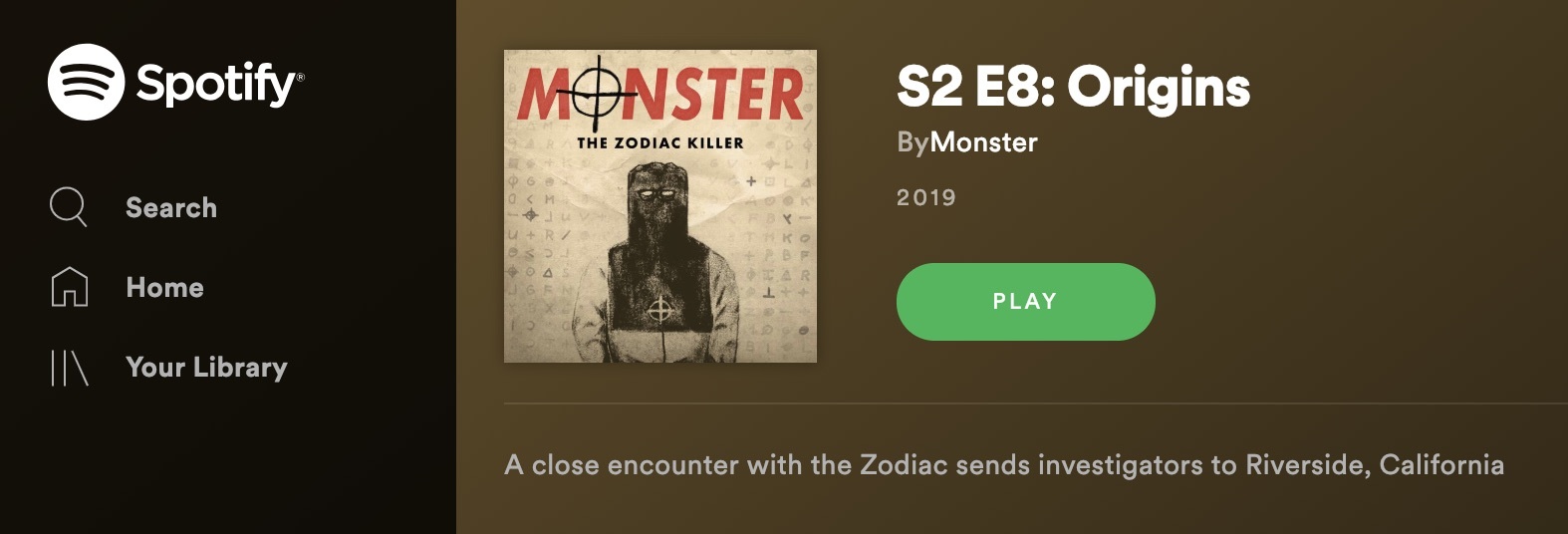
Create Podcast Show Notes Using a Script Template
Struggling to put together a script? Why not download our podcast script template! Designed for beginners, it's easy to follow and gives you clear examples of how to produce your shows.

Thanks for subscribing!
We've just sent you an email, please follow the instructions to confirm your details.
TOP-RANKING Podcasters Using Show Notes
It's all well and good saying 'you need to use podcast show notes', but it doesn't exactly explain a great deal. That's why the proof is in the pudding, meaning you can only judge something after you've tried, used, or experienced it.
Most top-ranking podcasters rose to fame because of useful tools to help with discoverability. Summaries and show notes fall into this category as they're basically shareable content for people to talk about and quote your podcast online. The Joe Rogan Experience does this fairly well, which is why it's been one of the most popular podcasts around for a VERY long time.
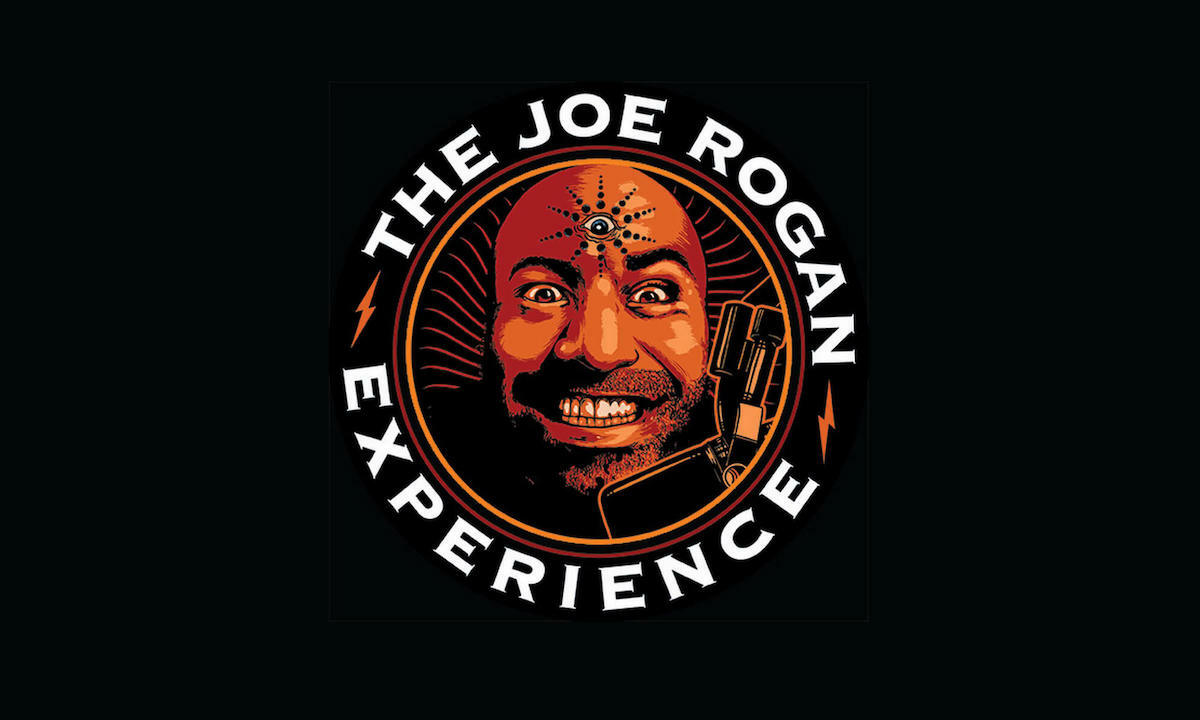
That’s my only goal. Surround myself with funny people, and make sure everyone has a good time and works hard.
- Joe Rogan
Sure, you need to tell your audience what the episode is about, but ultimately you’re trying to convince them it’s worth spending time listening to you. The good news is, if you’re creating great content, this is as simple as offering a mouth-watering taster of the episode.
Let’s take a look at a few snippets from the episodes of popular podcasts to see how they do things...
The Tim Ferriss Show
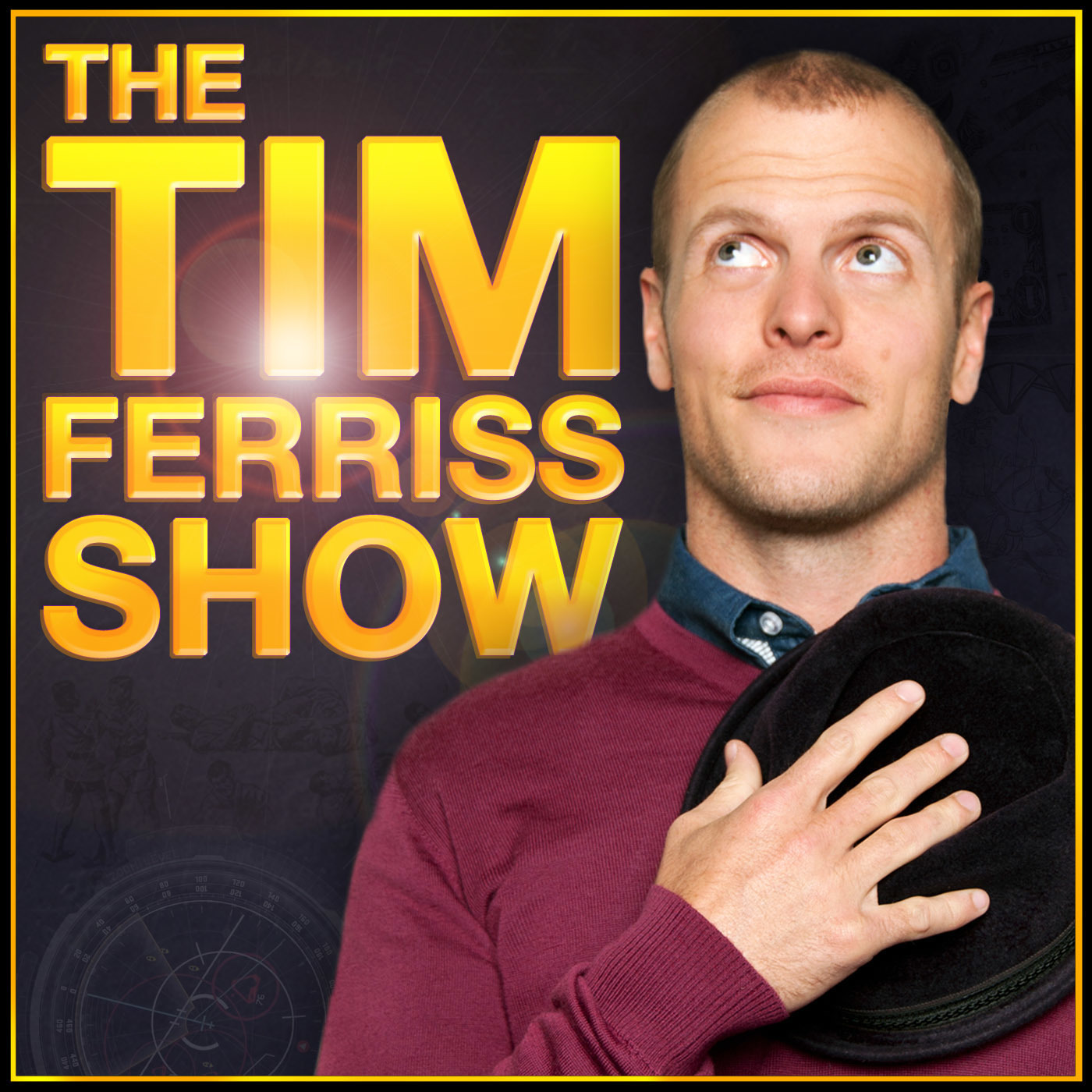
Two things jump out about The Tim Ferriss Show episode summaries:
- They are seriously long.
- They focus a lot on the credibility of the guests.
The main website has copy selling the whole podcast, so the episode summary is specific to that episode and doesn’t say anything about the show more broadly. Individual episodes have a summary that is pretty long, like a whole blog post just selling the episode. He uses the same long copy on Spotify.
When describing guests, Tim focuses on why they're credible (unique experience and achievements). The key thing here is that the focus is strongly on the credibility of the guests before he gets to discussing the actual content of the episode.
In the description, he includes a whole script on his advertisers, a thick collection of paragraphs on the greatness of his guests, a list of links with references, and podcast show notes on the topics discussed at particular times throughout the episode.
Here are a few snippets from The Tim Ferriss Show ep #299:
- What it’s like living in Austin. [11:54]
- The differences between lifespan and health-span. [18:17]
- During childhood and adolescence, I believed I was “not designed to be happy.” [20:00]
- My TED Talk and close call with suicide. [22:00]
- Why I want to focus on discussing different facets of mental health on a first-hand basis. [25:20]
Stuff You Should Know
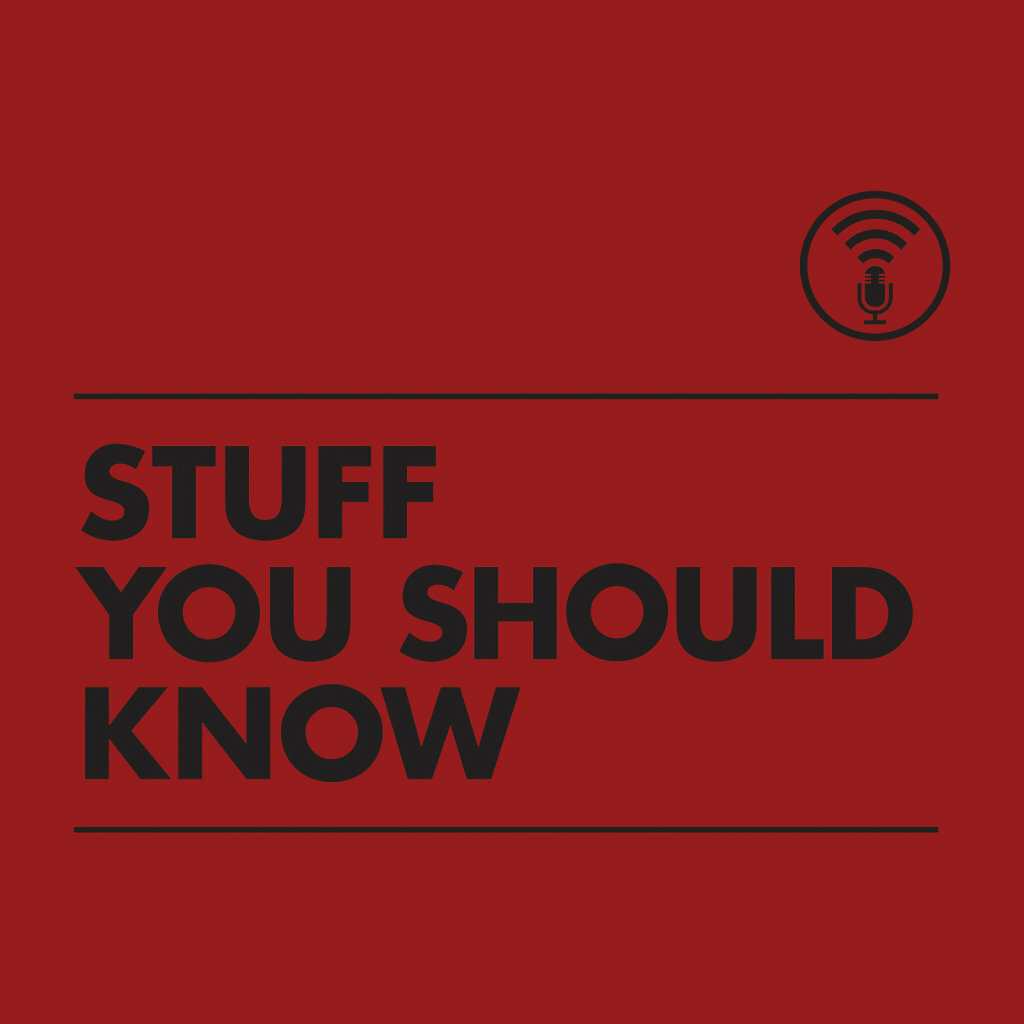
The episode summary from the Stuff You Should Know podcast is radically different to the Tim Ferriss podcast. It’s only two sentences long, but gives you a little taster of the episode without going into too much detail.
It’s straightforward, simple, and works because the topics covered inspire enough curiosity to make people listen. No need for fancy guests or lengthy descriptions of how the episode can help you in this case.
Taken from "Geodesic Domes: The Wave of the Future That Wasn't":
Sometimes a good idea doesn’t pan out in real life. Take Buckminster Fuller’s geodesic dome: It requires less energy to heat and cool, it’s cheap, and it’s durable enough to withstand a hurricane – but it’s also God awful ugly and that was its undoing.
The Joe Rogan Experience
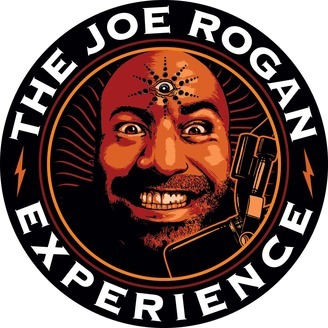
The Joe Rogan Experience keeps titles and episode summaries brief. He always tells you a few basic facts about the guest and sometimes mentions what will be discussed. In this case, it’s the credibility and relevance of the guest speaker to the audience that draws you in.
For instance, if you’re interested in human behaviour, as many people are, this episode probably appeals to you because somebody of credibility in a field of your interest is going to be speaking with an entertaining interviewer. Rogan’s approach works for him in part because his reputation proceeds him, and the cliche of ‘he who needs no introduction’ applies quite literally in this instance.
Taken from "JRE #1218 - GAD SAAD12.19.18":
Gad Saad is Professor of Marketing & Concordia University Research Chair in Evolutionary Behavioral Sciences and Darwinian Consumption and author of “The Evolutionary Bases of Consumption” and “The Consuming Instinct”. Also, check out Gad on YouTube.
What to Include in Your Podcast Show Notes
Not everything is relevant from your podcast. Loads of stuff is going to fall by the wayside, so you need to cherry pick the important bits. Quite frankly, there are loads of things you can include, but I recommend sticking with the rule of 3:

1. Main Points
Podcasts work well in audio format, but have you ever tried to read a transcribed version? There's usually a tone of irrelevant waffle. Turn your entire discussion into just a couple of main highlights and themes, ideally in a bulleted list, for easy skimming.
2. Resources Mentioned
Was a movie, book, or online service mentioned during your latest episode? Include a link in your show notes for listeners to check out what you were talking about. Any extra stuff, like things you forgot to mention, can be added in later. There's also the affiliate links to think about if you're making money whilst podcasting.
3. Shareable Quotes
Everyone has something interesting to say. Whether it's from you or a guest, turn short snippets into byte-sized shareable quotes for easy sharing on social media. The Tim Ferriss Show, for example, has loads of quotable moments during his show:
The best results I have had in my life; the most enjoyable times, have all come from asking the simple question: What is the worst that could happen?
- Tim Ferriss
Repurposing Podcast Show Notes
Show notes and episode summaries play a MASSIVE role in getting people tuning into your podcast. They encourage engagement and help with discoverability, but there are more ways you can use them.
The term 'get more bang for your buck' or 'more for less' rings true when repurposing content. For those unfamiliar, repurposing is a fantastic way to turn something that already exists into something else for the purposes of reaching a whole new audience. These can be:
- Written: Blog posts, guest posts, books, courses, PDFs.
- Video: Uploaded to YouTube/Vimeo, embedded video on your website, short video for socials.
- Social: Audio clips, short videos, and quotes on Instagram/Twitter/Facebook.
If you've turned your podcast into show notes or gone the extra mile with a full-blown transcript, then you've already done the hard part. For a full look at how you can repurpose your podcast show notes, check out our complete guide. 👇👇👇








